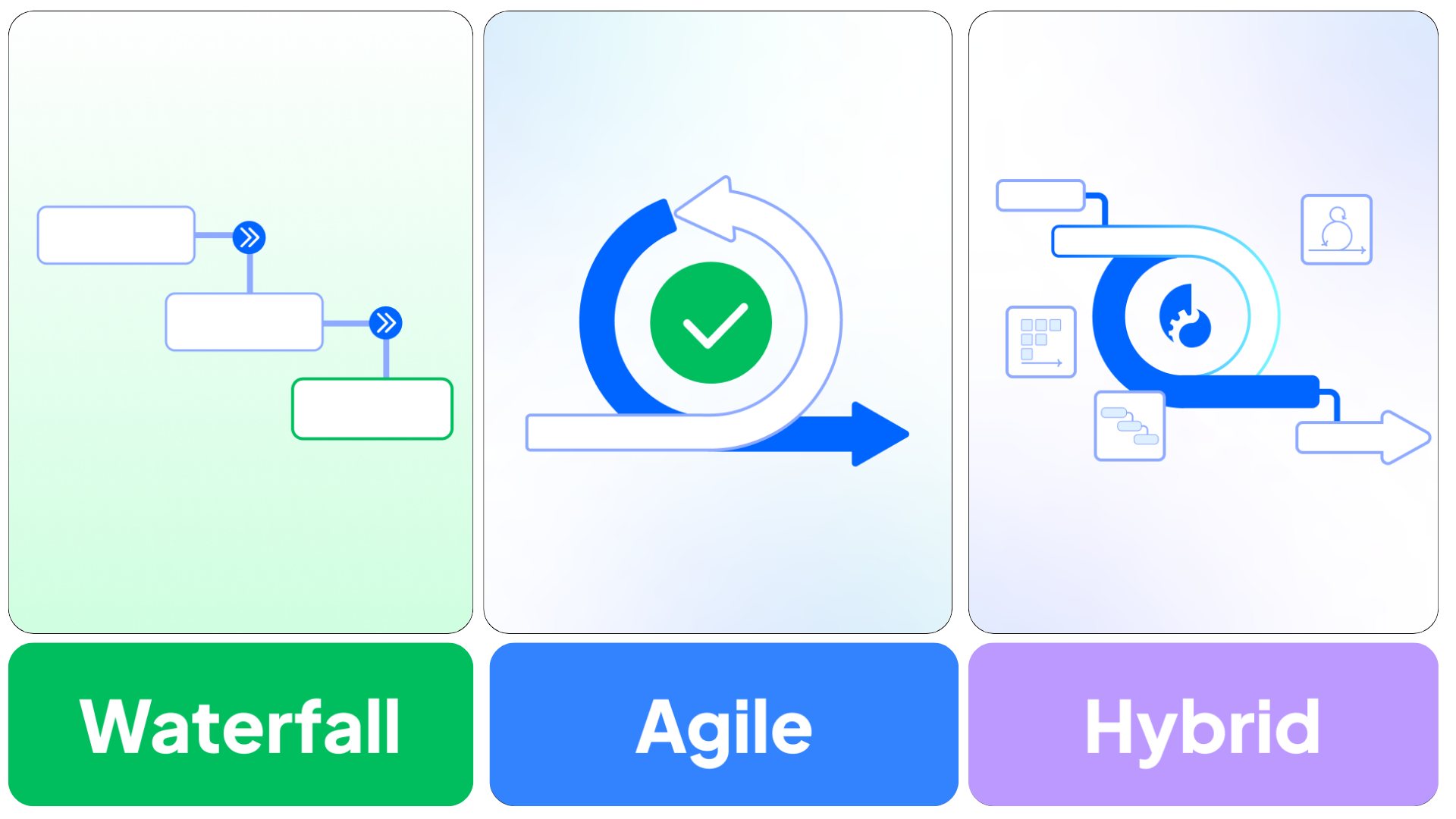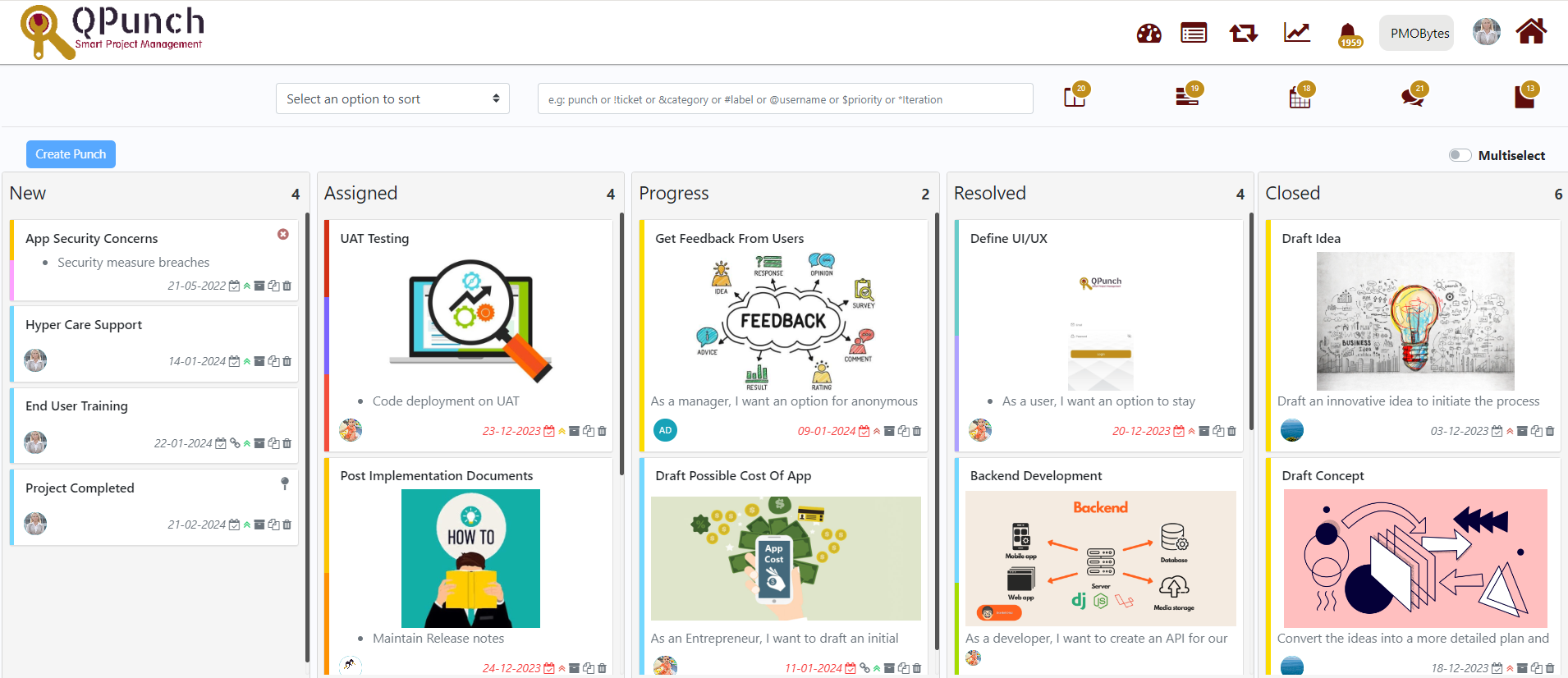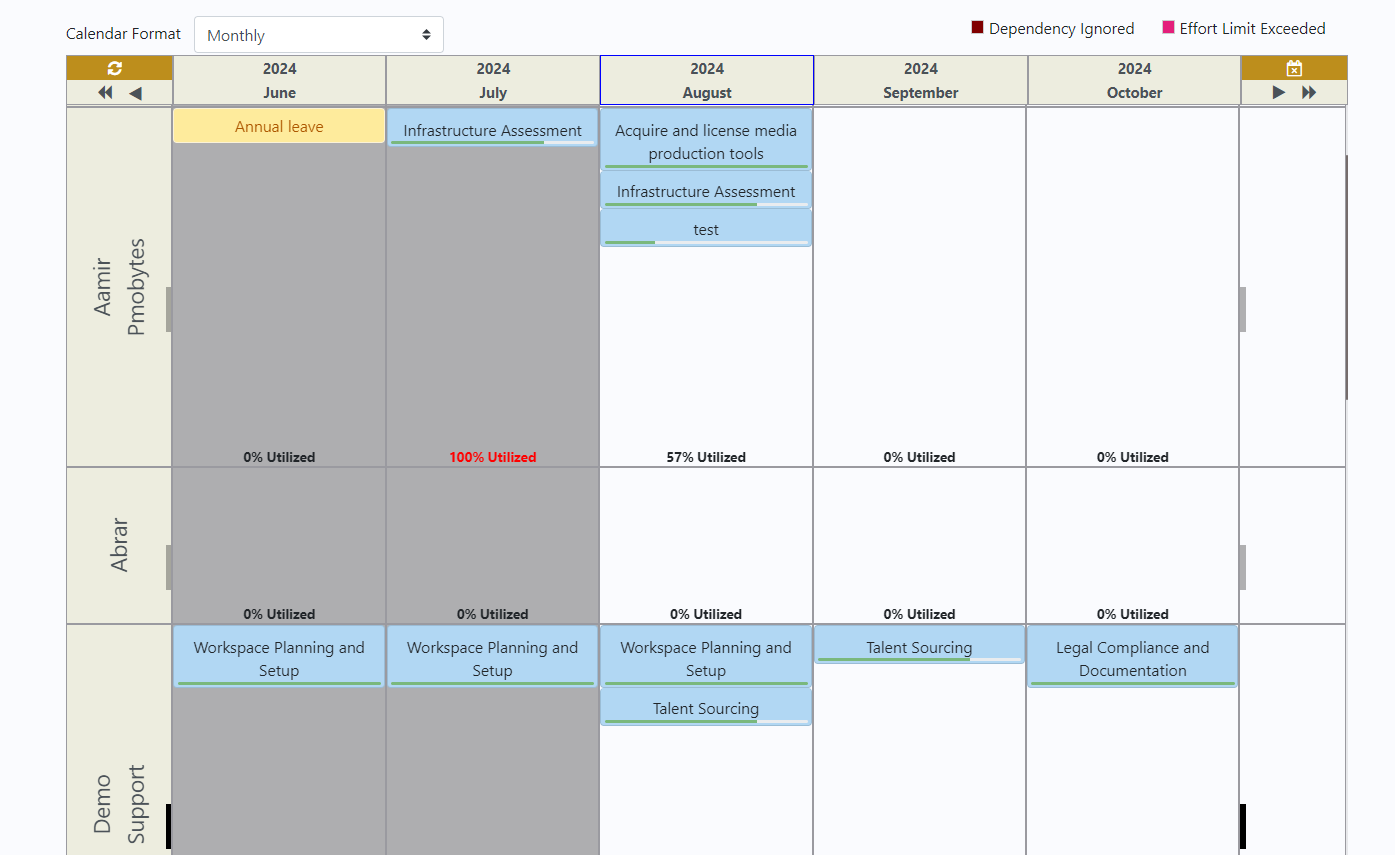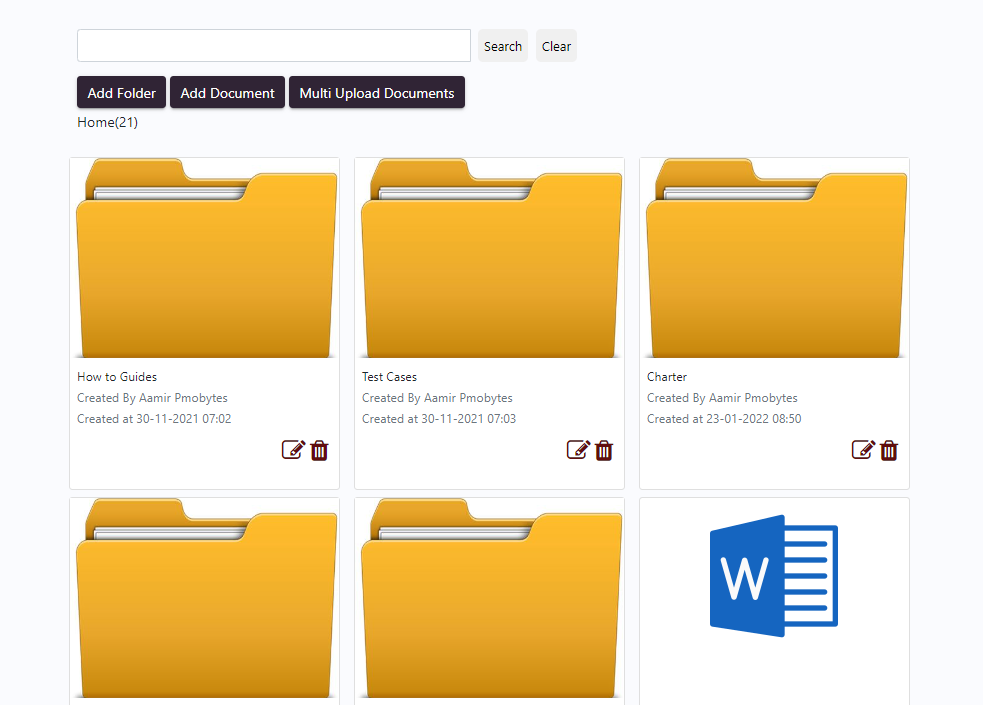Streamlining Software Development Life Cycle (SDLC)

Introduction
In the heart of Chennai’s technology sector, our client, a leading technology company, faced significant challenges in managing its diverse projects. The company used a hybrid approach, which entails integrating both Agile and Waterfall methodologies to address various project needs but struggled to unify these methods within a single system. This disjointed approach led to inefficiencies, fragmented data, and coordination issues across teams, adversely impacting project outcomes and operational efficiency. They recognized an urgent need for a technological solution to seamlessly address these challenges.
Challenges
Before acquiring a comprehensive project management solution, the company encountered several issues with tracking and managing their complex projects. The firm faced difficulties in:
- Task Management and Tracking: Managing a broad array of functional, non-functional, and user interface tasks was difficult. Tasks were often recorded in separate systems, leading to fragmented information and difficulties in maintaining an organized overview of project progress.
- Deadline Management: Without an integrated system, tracking deadlines and managing schedules was challenging. The company struggled to keep track of project timelines, task deadlines, and milestones, which led to inconsistencies and missed deadlines.
- Visibility Across Phases: Coordinating between different phases of the project and managing iterations and sprints was inefficient. The lack of a unified platform meant that tracking progress through various stages and ensuring alignment across teams was problematic.
- Communication Gaps: Fragmented tools and systems created gaps in communication and collaboration among team members. This resulted in delays, misalignment, and difficulties in synchronizing efforts across different parts of the project.
- Progress Tracking: Monitoring the overall progress of the project, including the achievement of key milestones and adherence to deadlines, was difficult. The absence of a centralized system hindered the ability to provide real-time updates and track the project’s trajectory effectively.
To address these challenges, a comprehensive list of requirements was identified, and a solution was designed accordingly.
Requirements
- Unified Task Management System
- Seamless Integration with Existing Tools
- Real-Time Task and Progress Tracking
- Enhanced Visibility Across Project Phases
- Streamlined Communication Channels
- Centralized Reporting and Documentation
- Effective Deadline and Milestone Management
Solution
QPunch provided a unified system for task management, effectively overseeing and coordinating various project aspects. It seamlessly integrated with existing tools and featured real-time task and progress tracking. Tailored to support Agile and Waterfall methodologies, QPunch offered enhanced visibility across project phases, streamlined communication channels, and centralized reporting.
By replacing fragmented approaches with QPunch’s intuitive interface, the team gained improved collaboration and clear insights into project progress. The platform’s ability to accommodate different methodologies and manage deadlines and milestones effectively made it an essential tool for efficient and reliable project management.
Implementation
To meet the client’s needs for managing both Agile and Waterfall projects, QPunch’s Kanban Board was customized to address the challenge of task management and tracking, particularly for the software development lifecycle. This feature allowed the client to create and manage “punches”—specific tasks or issues—across various stages of the project. With adjustable swim lanes such as New, Assigned, In Progress, Review, and Closed, punches could be efficiently tracked and moved through different stages of development. Customizable fields for each punch, including dates, assignees, and planned hours or story points, resolved the issue of fragmented task management and provided a clear overview of task progress and status throughout the software development lifecycle.

The Gantt Module was utilized to tackle difficulties with deadline management and progress tracking. Features such as baseline tracking and dependency arrows provided the client with a clear view of project schedules and task interrelations. This visual representation made it easier to manage project timelines, monitor critical paths, and ensure that deadlines were met, addressing the challenge of maintaining alignment across various project phases, including the software development lifecycle.

The Calendar Module addressed issues related to visibility across phases and resource allocation. By displaying tasks in a table format aligned with timeframes and assignees, the client could oversee team progress, balance workloads, and manage resources more effectively. This feature helped in overcoming inefficiencies in tracking and balancing work, ensuring that task management was both organized and adaptable to different project phases, including iterative development cycles.

Finally, QPunch’s Document Library resolved problems related to communication gaps and document management. By providing a centralized location for project documents, it facilitated better collaboration and ensured that all team members had access to up-to-date information. This streamlined document sharing and improved team coordination, addressing the challenge of managing fragmented communication and data access across various stages of the project.

Conclusion
By integrating QPunch into their project management processes, the client successfully addressed key challenges related to task management, deadline tracking, and team coordination. The platform’s adaptability to both Agile and Waterfall methodologies provided a versatile, hybrid solution for their diverse project needs. The enhanced visibility, streamlined workflows, and improved communication facilitated by QPunch contributed to more efficient project management and better overall outcomes. The client now benefits from a robust, centralized system that supports their project goals and adapts to evolving requirements, ultimately driving greater productivity and success in their projects.
Address On Maps
Ready To Get Started with Smart Project Management?
